China set off alarm bells in New Zealand when it dispatched powerful warships on unprecedented missions in the South Pacific without explanation, military documents showed.
Beijing has spent years expanding its reach in the southern Pacific Ocean, courting island nations with new hospitals, freshly paved roads and generous offers of climate aid. However, these diplomatic efforts have increasingly been accompanied by more overt displays of military power.
Three Chinese warships sailed the Tasman Sea between Australia and New Zealand in February, the first time such a task group had been sighted in those waters.
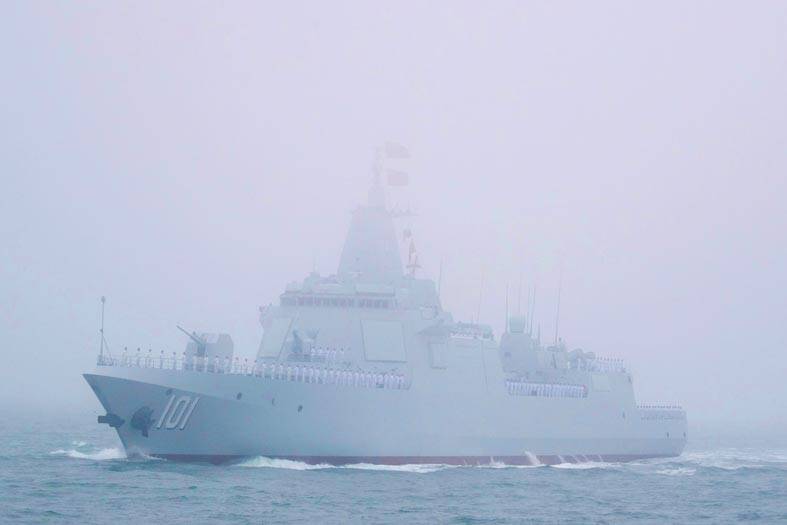
Photo: AFP
“We have never seen vessels with this capability so close to our shores — ships equipped for air, land and sea warfare,” New Zealand Defence Force (NZDF) officials wrote in briefings released under freedom of information laws.
The flotilla included a Renhai-class destroyer, one of the most advanced warships in the world and China’s “most capable surface combatant,” the documents showed.
It was only the second time a Renhai-class destroyer had been seen in the South Pacific, NZDF officials said.
The first foray was in October last year, when a Renhai-class ship docked in Vanuatu.
“We have not been informed by the Chinese government why this task group has been deployed into our region,” an NZDF briefing from February said. “And we have not been informed what its future plans are.”
Escorted by a supply tanker and a smaller naval frigate, the Renhai-class destroyer Zunyi was spotted off the eastern coast of Australia in mid-February.
“We have, in an unprecedented way, put in place assets to shadow the task group so that we know exactly what’s happening,” Australian Minister for Defence Richard Marles said at the time.
Australia and New Zealand were caught off guard when the Zunyi started live-fire drills underneath a busy flight path in the Tasman Sea, forcing dozens of commercial planes to change course.
While Canberra and Wellington said the task group was within the bounds of international law, they were unhappy about its conduct.
“We have concerns about the manner in which the task group notified its intention to conduct live fire exercises, which we do not consider meets best practice,” New Zealand officials wrote.
At several points during its voyage, the Chinese task group entered Australia’s exclusive economic zone, other documents released by Canberra showed.
The Australian Office of National Intelligence this year said it was the “furthest south a [Chinese] People’s Liberation Army-Navy task group has operated.”
Foreign policy expert David Capie said the presence of the Chinese naval task group was “unprecedented” and clearly designed to send a message.
“The idea they could hold a military exercise, even a fairly routine one, was startling to a lot of New Zealanders,” Capie said. “They didn’t come this far south to see the penguins.”
It also served as a pointed rebuke to Australia and New Zealand, which regularly join patrols in contested parts of the South China Sea that Beijing has tried to claim, Capie said.
“This is a reminder that two can play at that game,” Capie added.
China sent shivers through the South Pacific in September last year, when it test-fired a nuclear-capable missile into the high seas near French Polynesia.
It was China’s first long-range missile launch over international waters in more than 40 years.
Beijing has shrugged off the naval exercises and the missile test as nothing more than routine military maneuvers.
“I don’t see there’s any reason why the Chinese side should feel sorry about that, or even to think about apologizing for that,” China’s ambassador to Australia said in February. “As a major power in this region... it is normal for China to send vessels to different parts of the region to conduct various types of activities.”
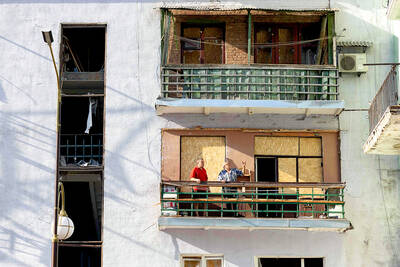
DEADLOCK: Putin has vowed to continue fighting unless Ukraine cedes more land, while talks have been paused with no immediate results expected, the Kremlin said Russia on Friday said that peace talks with Kyiv were on “pause” as Ukrainian President Volodymyr Zelenskiy warned that Russian President Vladimir Putin still wanted to capture the whole of Ukraine. Meanwhile, US President Donald Trump said that he was running out of patience with Putin, and the NATO alliance said it would bolster its eastern front after Russian drones were shot down in Polish airspace this week. The latest blow to faltering diplomacy came as Russia’s army staged major military drills with its key ally Belarus. Despite Trump forcing the warring sides to hold direct talks and hosting Putin in Alaska, there
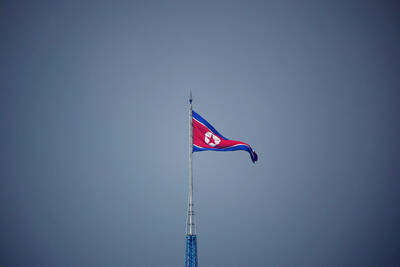
North Korea has executed people for watching or distributing foreign television shows, including popular South Korean dramas, as part of an intensifying crackdown on personal freedoms, a UN human rights report said on Friday. Surveillance has grown more pervasive since 2014 with the help of new technologies, while punishments have become harsher — including the introduction of the death penalty for offences such as sharing foreign TV dramas, the report said. The curbs make North Korea the most restrictive country in the world, said the 14-page UN report, which was based on interviews with more than 300 witnesses and victims who had
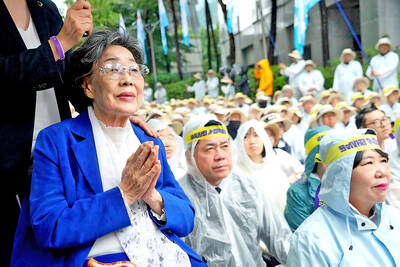
COMFORT WOMEN CLASH: Japan has strongly rejected South Korean court rulings ordering the government to provide reparations to Korean victims of sexual slavery The Japanese government yesterday defended its stance on wartime sexual slavery and described South Korean court rulings ordering Japanese compensation as violations of international law, after UN investigators criticized Tokyo for failing to ensure truth-finding and reparations for the victims. In its own response to UN human rights rapporteurs, South Korea called on Japan to “squarely face up to our painful history” and cited how Tokyo’s refusal to comply with court orders have denied the victims payment. The statements underscored how the two Asian US allies still hold key differences on the issue, even as they pause their on-and-off disputes over historical
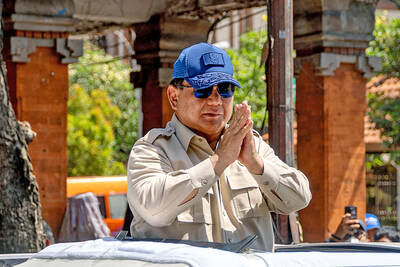
CONSOLIDATION: The Indonesian president has used the moment to replace figures from former president Jokowi’s tenure with loyal allies In removing Indonesia’s finance minister and U-turning on protester demands, the leader of Southeast Asia’s biggest economy is scrambling to restore public trust while seizing a chance to install loyalists after deadly riots last month, experts say. Demonstrations that were sparked by low wages, unemployment and anger over lawmakers’ lavish perks grew after footage spread of a paramilitary police vehicle running over a delivery motorcycle driver. The ensuing riots, which rights groups say left at least 10 dead and hundreds detained, were the biggest of Indonesian President Prabowo Subianto’s term, and the ex-general is now calling on the public to restore their